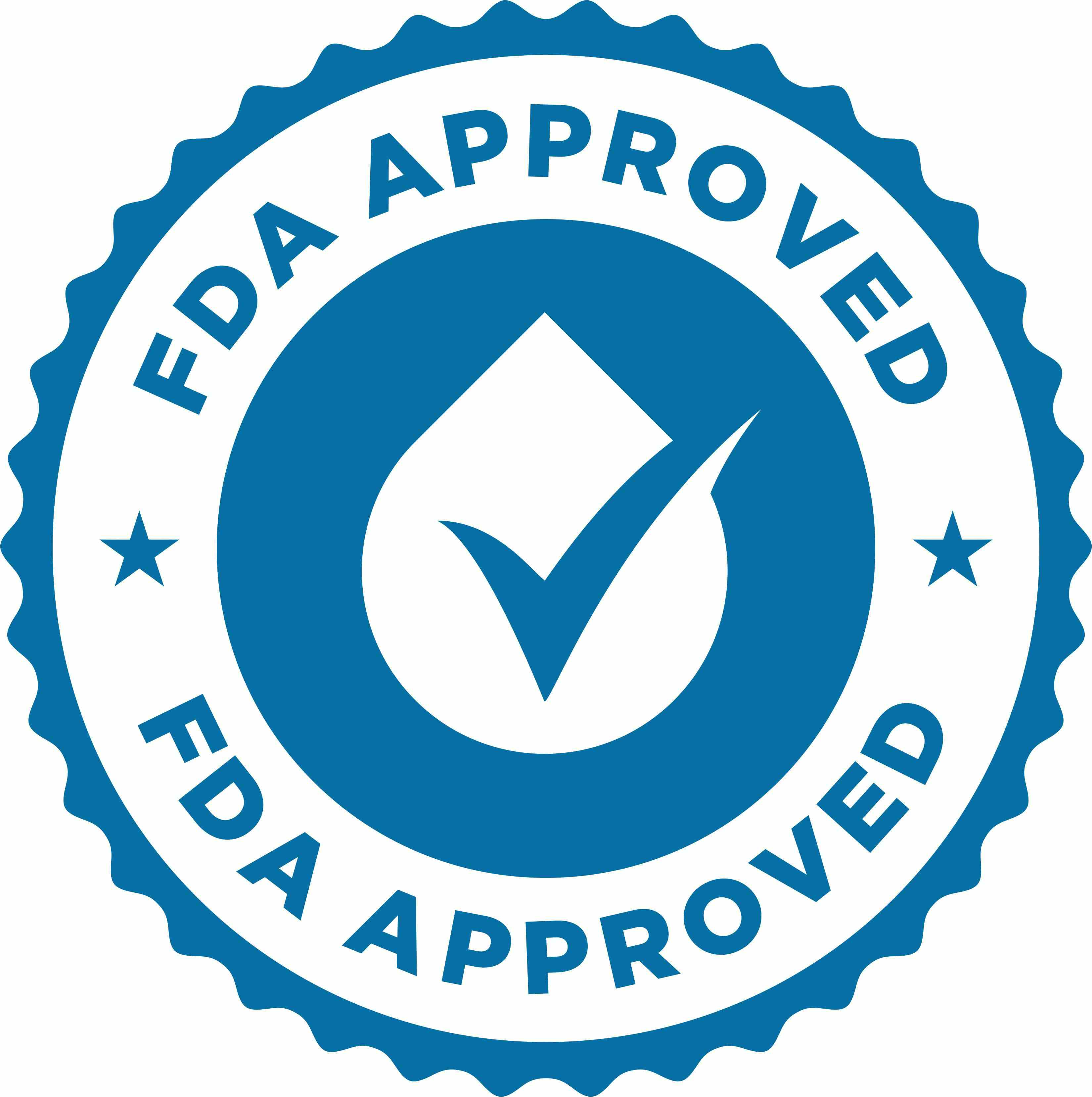- Acne
- Actinic Keratosis
- Aesthetics
- Alopecia
- Atopic Dermatitis
- Buy-and-Bill
- COVID-19
- Case-Based Roundtable
- Chronic Hand Eczema
- Chronic Spontaneous Urticaria
- Drug Watch
- Eczema
- General Dermatology
- Hidradenitis Suppurativa
- Melasma
- NP and PA
- Pediatric Dermatology
- Pigmentary Disorders
- Practice Management
- Precision Medicine and Biologics
- Prurigo Nodularis
- Psoriasis
- Psoriatic Arthritis
- Rare Disease
- Rosacea
- Skin Cancer
- Vitiligo
- Wound Care
News
Article
FDA Accepts Journey Medical’s NDA for DFD-29 for Rosacea
Author(s):
The anticipated PDUFA date is November 4, 2024.
Journal Medical Corporation recently announced that the US Food and Drug Administration (FDA) has accepted its new drug application (NDA) for DFD-29 (minocycline hydrochloride modified release capsules, 40 mg) for the treatment of inflammatory lesions and erythema in adult patients with rosacea. The FDA’s anticipated Prescription Drug User Fee Act (PDUFA) goal date is November 4, 2024.1
"New therapeutic options for chronic skin conditions, especially rosacea, are always needed. An oral option that targets lesions and erythema will be a welcome choice for many patients who can't achieve therapeutic results with topicals or that can work synergistically to receive optimal management of a disease that can be a burden to so many," said Renata Block, MMS, PA-C, a board-certified physician assistant at SKIN Dermatology in Munster, Indiana, and a Dermatology Times Editorial Advisory Board member.
According to Srinivas Sidgiddi, MD, vice president of research and development at Journey Medical, the NDA submission is based on positive data from 2 phase 3 clinical trials evaluating DFD-29 for the treatment of rosacea. Both phase 3 clinical trials achieved all co-primary and secondary end points. Additionally, no significant safety issues were identified during the 16-week treatment.
In both studies, DFD-29 demonstrated statistically significant improvement compared to the current standard-of-care treatment of doxycycline (Oracea) 40mg capsules and placebo regarding Investigator’s Global Assessment (IGA) treatment success and the reduction in total inflammatory lesion counts. DFD-29 also met the primary end point of the studies evaluating erythema associated with rosacea, showing a statistically significant reduction in Clinician’s Erythema Assessment (CEA) compared to placebo.
“We are pleased that the FDA has set a PDUFA date of November 4, 2024, for DFD-29 and we look forward to collaborating with the agency throughout the review process in order to bring this unique treatment option to patients suffering from rosacea,” said Claude Maraoui, co-founder, president, and chief executive officer of Journey Medical, in the news release. “If approved, we believe that DFD-29 will be the only oral medication to address both inflammatory lesions and erythema (redness) from rosacea, and will be a preferred treatment option by physicians and their patients to address the condition.”
MVOR-1 Topline Results (NCT05296629)
In the DFD-29 group, 65.0% of patients demonstrated IGA success, 46.1% showed IGA success in the doxycycline group, and 31.2% showed IGA success in the placebo group. The difference between the DFD-29 and doxycycline groups was statistically significant (P=0.007), and the difference between the DFD-29 and the placebo groups was statistically significant (P<0.001). The DFD-29 group showed a mean reduction of 21.3 lesions, while the doxycycline group showed a mean reduction of 15.9 lesions and the placebo group showed a mean reduction of 12.2 lesions from baseline to week 16. The difference between the DFD-29 and doxycycline groups and the difference between the DFD-29 and placebo groups were statistically significant (P<0.001).2
MVOR-2 Topline Results (NCT05343455)
In the DFD-29 group, 60.1% of patients demonstrated IGA success, 31.4% showed IGA success in the doxycycline group, and 26.8% showed IGA success in the placebo group. The difference between the DFD-29 and doxycycline groups was statistically significant (P<0.001), and the difference between the DFD-29 and the placebo groups was statistically significant (P<0.001). The DFD-29 group showed a mean reduction of 18.4 lesions, the doxycycline group showed a mean reduction of 14.9 lesions, and the placebo group showed a mean reduction of 11.1 lesions from baseline to week 16. The difference between the DFD-29 and doxycycline groups and the difference between the DFD-29 and placebo groups were statistically significant(P<0.001).2
Journey Medical submitted its NDA to the FDA in January 2024 based on the positive findings of the phase 3 clinical trials.3
References
- Journey Medical Corporation announces US FDA acceptance of new drug application for DFD-29 for the treatment of rosacea. News release. Journey Medical Corporation. March 18, 2024. Accessed March 18, 2024. https://ir.journeymedicalcorp.com/new-events/press-releases/detail/61/journey-medical-corporation-announces-u-s-fda-acceptance
- Journey Medical Corporation announces positive topline results from its two phase 3 clinical trials (MVOR-1 and MVOR-2) evaluating DFD-29 for the treatment of papulopustular rosacea in adults. News release. Journey Medical Corporation. July 11, 2023. Accessed March 18, 2024. https://ir.journeymedicalcorp.com/new-events/press-releases/detail/47/journey-medical-corporation-announces-positive-topline
- Journey Medical Corporation submits New Drug Application to FDA for DFD-29 to treat rosacea. News release. Journal Medical Corporation. January 5, 2024. Accessed March 18, 2024. https://ir.journeymedicalcorp.com/new-events/press-releases/detail/57/journey-medical-corporation-submits-new-drug-application-to
Newsletter
Like what you’re reading? Subscribe to Dermatology Times for weekly updates on therapies, innovations, and real-world practice tips.
















